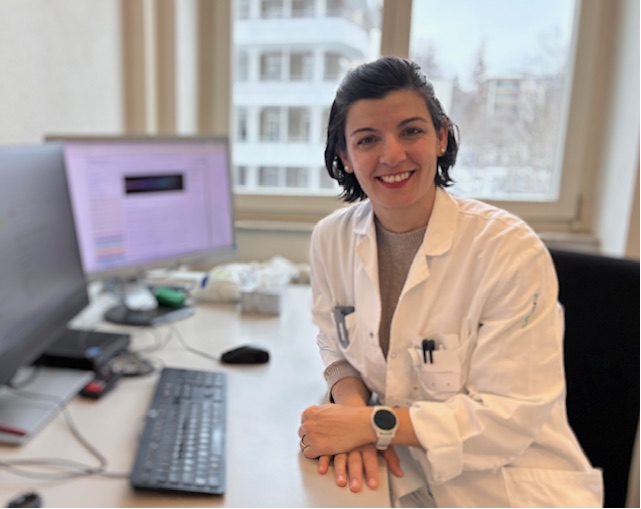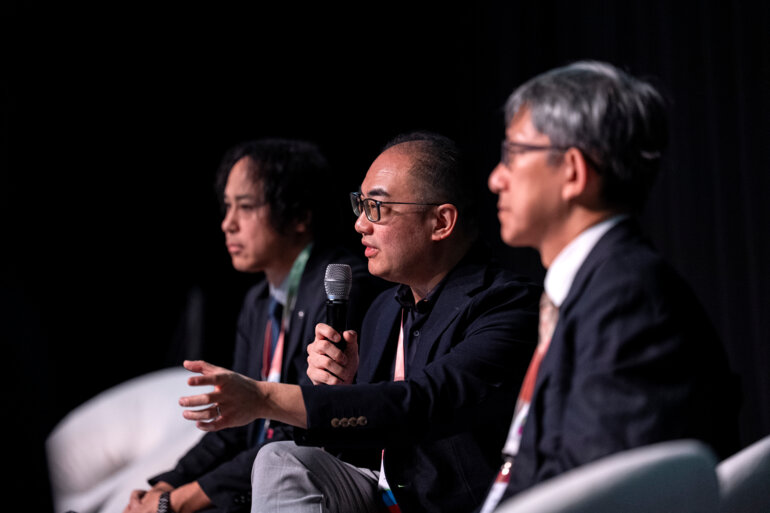According to Prof. Urania Dafni, high quality real-world evidence can provide broader information and more generalisable conclusions to verify the clinical applicability of evidence from RCTs
The potential of electronic health records, disease registries and other real-world data (RWD) sources to yield evidence on drug safety and efficacy is increasingly raising hopes that innovative anticancer medicines could be made available to those who stand to benefit from them faster in the future (Eur J Cancer 2018 September;101:69-76). Prof Urania Dafni, University of Athens, Greece, cautions that real-world evidence (RWE) can improve outcomes for patients only when used to enhance but not to bypass knowledge gained from randomised clinical trials (RCTs).
How can real-world evidence contribute to advancing oncology care?
High-quality RWE can provide researchers with broader information and more generalisable conclusions to verify the clinical applicability of evidence from RCTs, offering insights regarding long-term prognosis and quality of life. It can identify adverse effects and rare events in a larger population of cancer patients, who are usually older, of poorer health status than participants in clinical trials, and more diverse in aspects like ethnicity, gender or compliance. RWD about patients and treatments has already been used successfully to answer research questions regarding burden of disease, symptoms, disease biology, as well as access to care and its quality (Nat Rev Clin Oncol. 2019 May; 16:312-325).
More recently, RWD has also been utilised to offer insights into rare conditions or populations for which it would not be ethical or feasible to conduct large RCTs. Documenting the natural course of disease as a point of comparison for single-arm trials, it has played a pivotal role in EMA and FDA decisions such as the initial authorisation of the chimeric antigen receptor (CAR) T-cell therapy tisagenlecleucel to treat adults with diffuse large B-cell lymphoma in the advanced setting (N Engl J Med 2019 January 18;380:45-56).
What characteristics must RWD have to produce reliable evidence?
The acceptability of RWE depends on the quality and consistency of data sources and on the precision and reliability of the data itself. In particular, evaluations of treatment outcomes require complete and accurate input for a substantial number of variables, including patient prognosis, performance status, disease stage and intent of treatment. Data found in active cancer registries maintained by trained registrars is generally of better quality in this respect than that contained in passive registries where minimal oversight is exercised, such as when routine automated data is captured. Sound methodological approaches, described in the study protocol, are needed to address possible variability in results from multiple source studies, ensure adequate data collection on possible confounders, and account for selection or information bias and missing data (Clin Pharmacol Ther.2019 Jul;106(1):36-39).
What are the pitfalls to be avoided?
The biggest limitation of RWE is that it is based on non-randomised data, making comparisons between treatment groups problematic due to possible imbalances in patients’ prognoses. Another risky practice that diminishes the validity of findings is the post hoc stratification of patients and sub-group analysis commonly used in observational studies, which could lead to biased conclusions and increases false-positive error due to multiple testing. Real-world research should adhere to equally rigorous design, analysis and interpretation requirements as clinical trials. Biological plausibility and consistency with existing knowledge are key to evaluating the meaningfulness of RWE, and thus treatment effects detected in routine practice that have not been previously shown in an RCT should be met with particular scepticism (Nat Rev Clin Oncol. 2019 May;16:312-325)
What has the COVID-19 pandemic taught us about making wise use of RWD?
Collected and shared in close to real time, RWD has been instrumental to improving our understanding of COVID-19 and its implications for cancer patients. At the same time, the pandemic has once again verified the conventional wisdom that only large RCTs can deliver reliable evidence into whether medicines are actually helping patients.
Due to insufficient coordination, a huge number of studies were started at remarkable speed, many of them so small – over a third included less than 100 patients – that they were unlikely to yield clear results. The RECOVERY trial, run by the UK government and enrolling almost 35,000 patients to date for the evaluation of multiple treatments, has been among the few to demonstrate efficacy of a drug for patients hospitalised with COVID-19, in this case the corticosteroid dexamethasone (N Engl J Med. 2020 July 17). The pandemic has thereby also highlighted the need for increased interoperability between large hospital systems and a central organising force to deploy resources in a more systematic way.
Advances in genetic and other molecular subclassifications of cancers could mean that the number of patients available for future studies will be too small for proper risk-benefit assessments. Will oncology evolve past large randomised trials in the era of precision medicine?
With the development of frameworks for the use of RWE by regulatory bodies (FDA, EMA), the successful harmonisation of electronic health records with cancer registries, as well as the advent of artificial intelligence, the generation of valid RWD will likely become ubiquitous in the near future.
However, RWD should not be considered a substitute for clinical trials except in cases where randomised evidence is impossible to attain.
Whenever such a path to efficacy evaluation is necessary, an evidence level of 3 in Sackett’s hierarchy of evidence (Chest 1989 February 1;95(2):2S-4S) should not be viewed as equivalent to the level 1 reserved for large RCTs. This distinction needs emphasising considering the intense interest in using RWD for the purposes of regulatory approval: when relying on observational data without randomised evidence, conclusions stemming from poor design can seriously harm patients (J Clin Oncol. 2018 February 20;36(6):533-535).
Fortunately, real-world research does not need to replace clinical trials to be recognised as valuable for treatment evaluation. The development of hybrid trial methodology, for example, could allow RCTs to be implemented in real-world settings with electronic patient records serving to evaluate the toxicity and outcomes of compared treatments. The aim moving forward should be to leverage the strengths of traditional RCTs and the advantages of observational study designs to produce robust scientific evidence for regulatory decision‐making.








